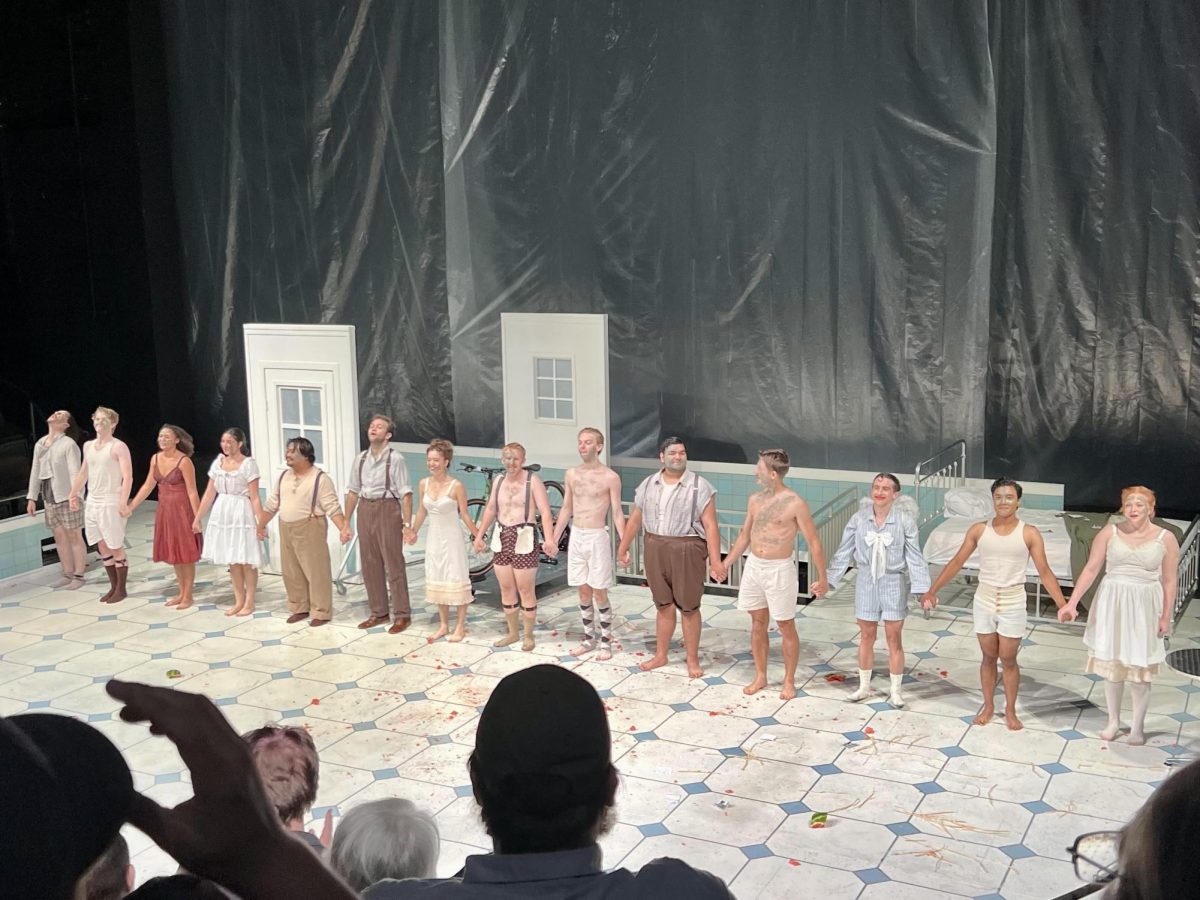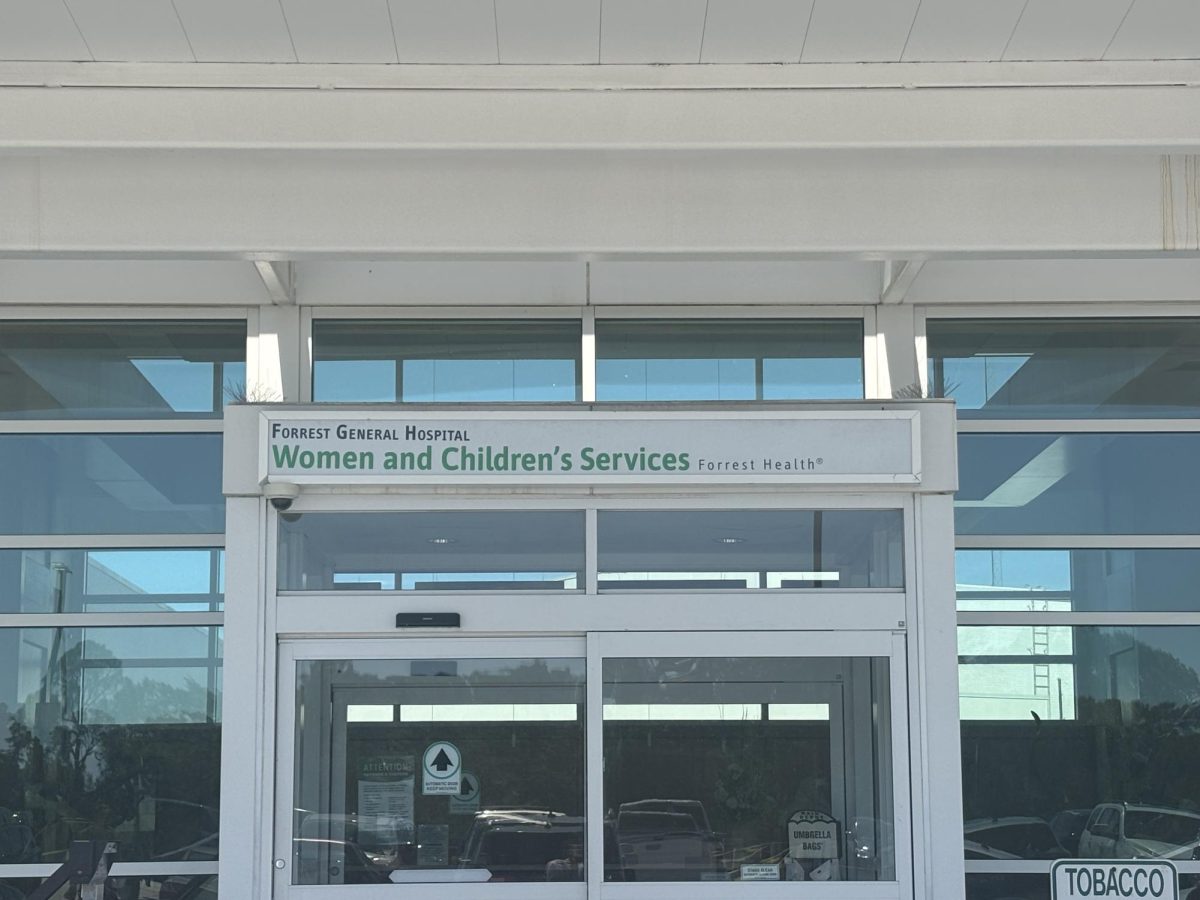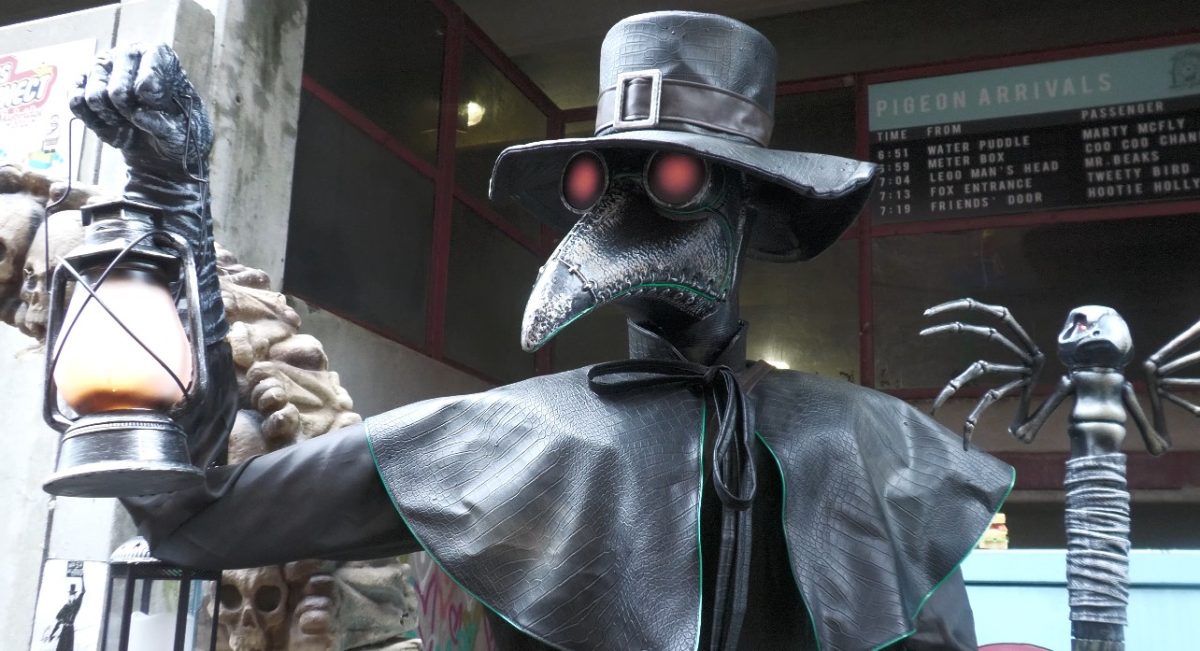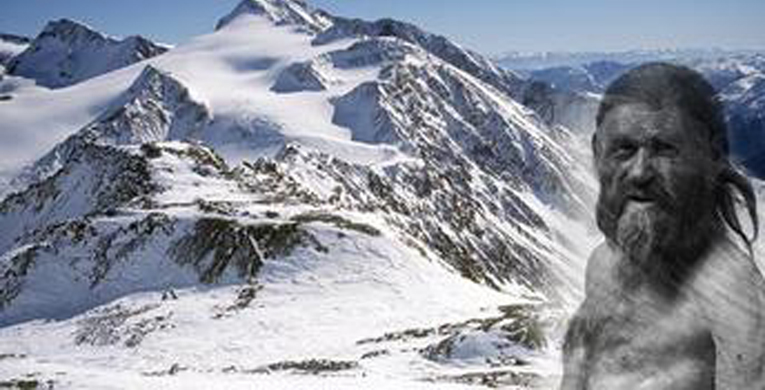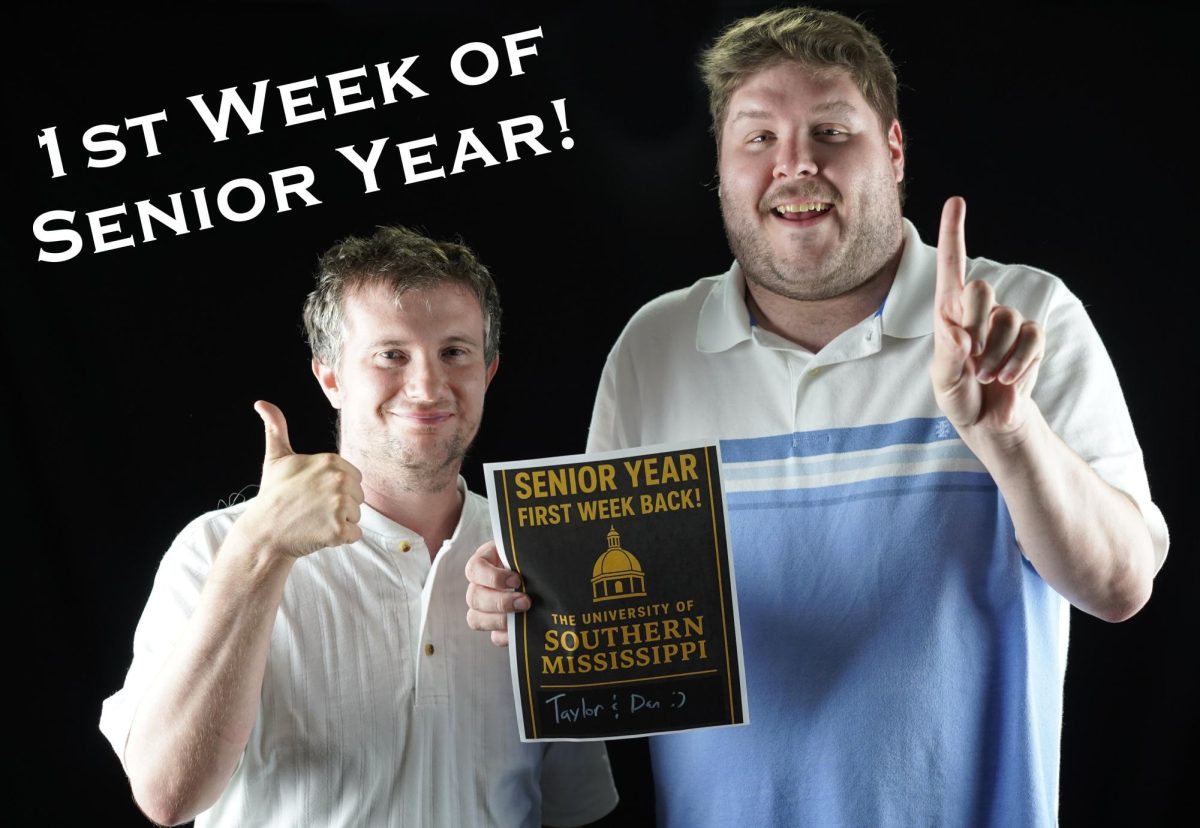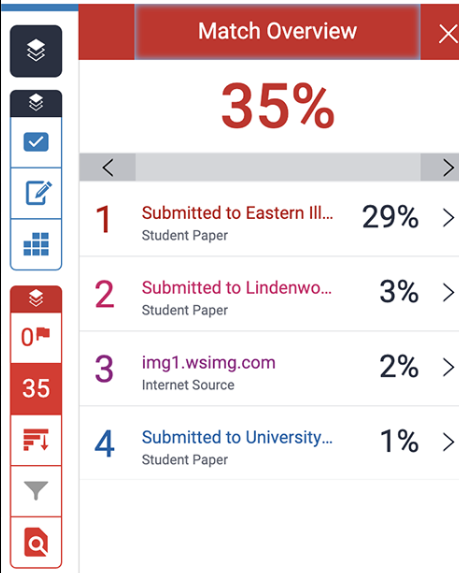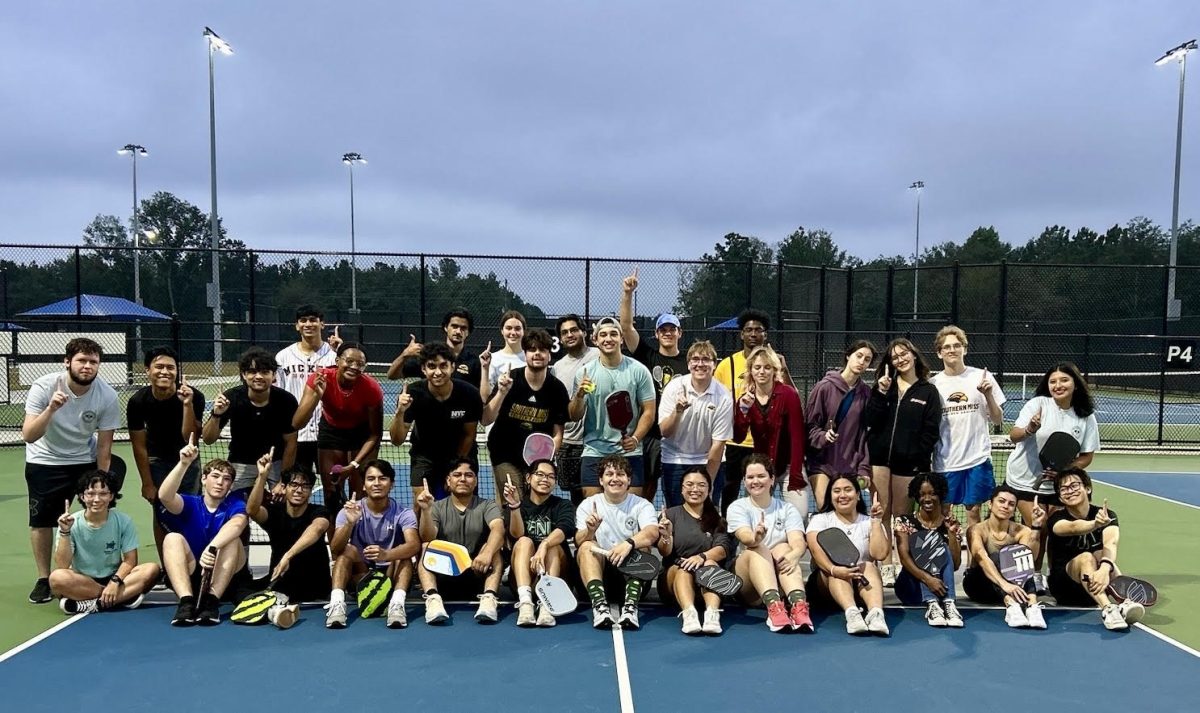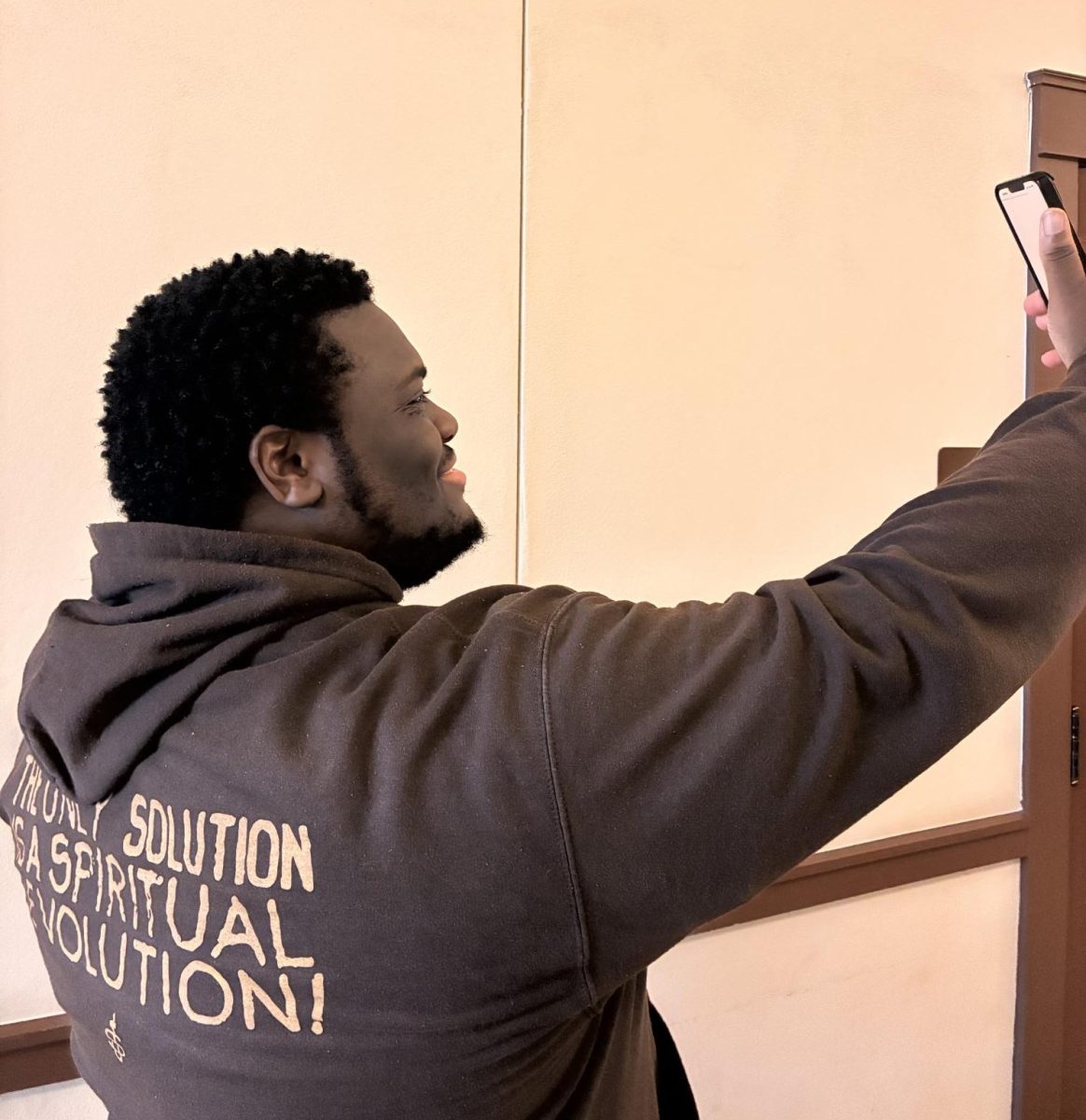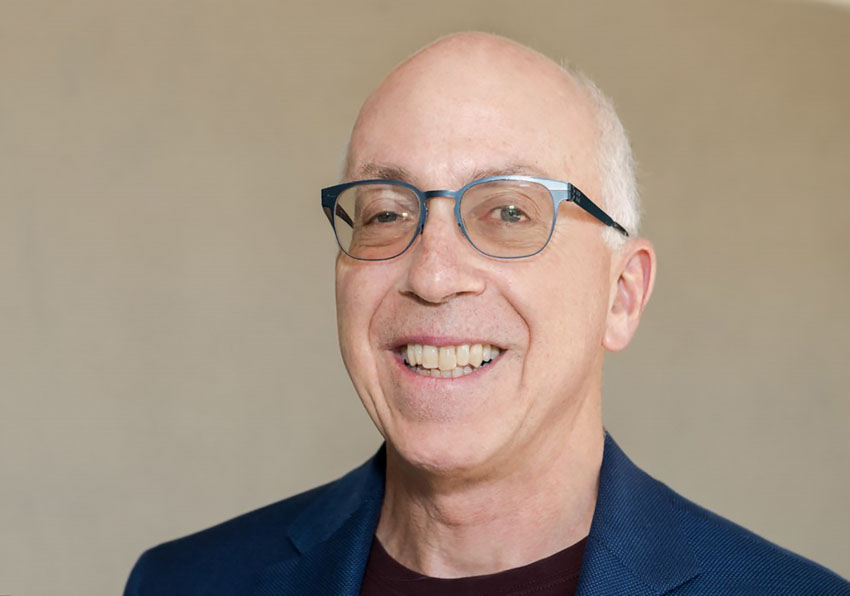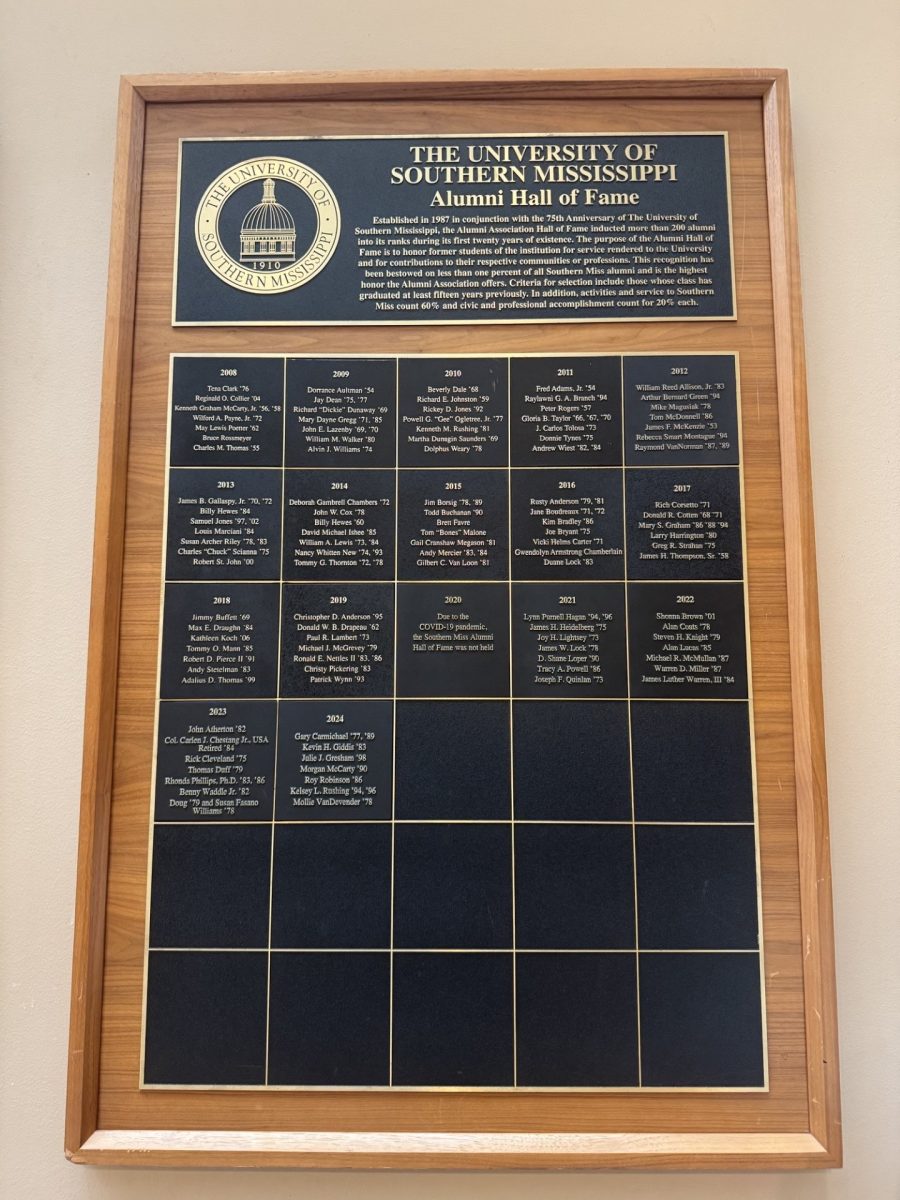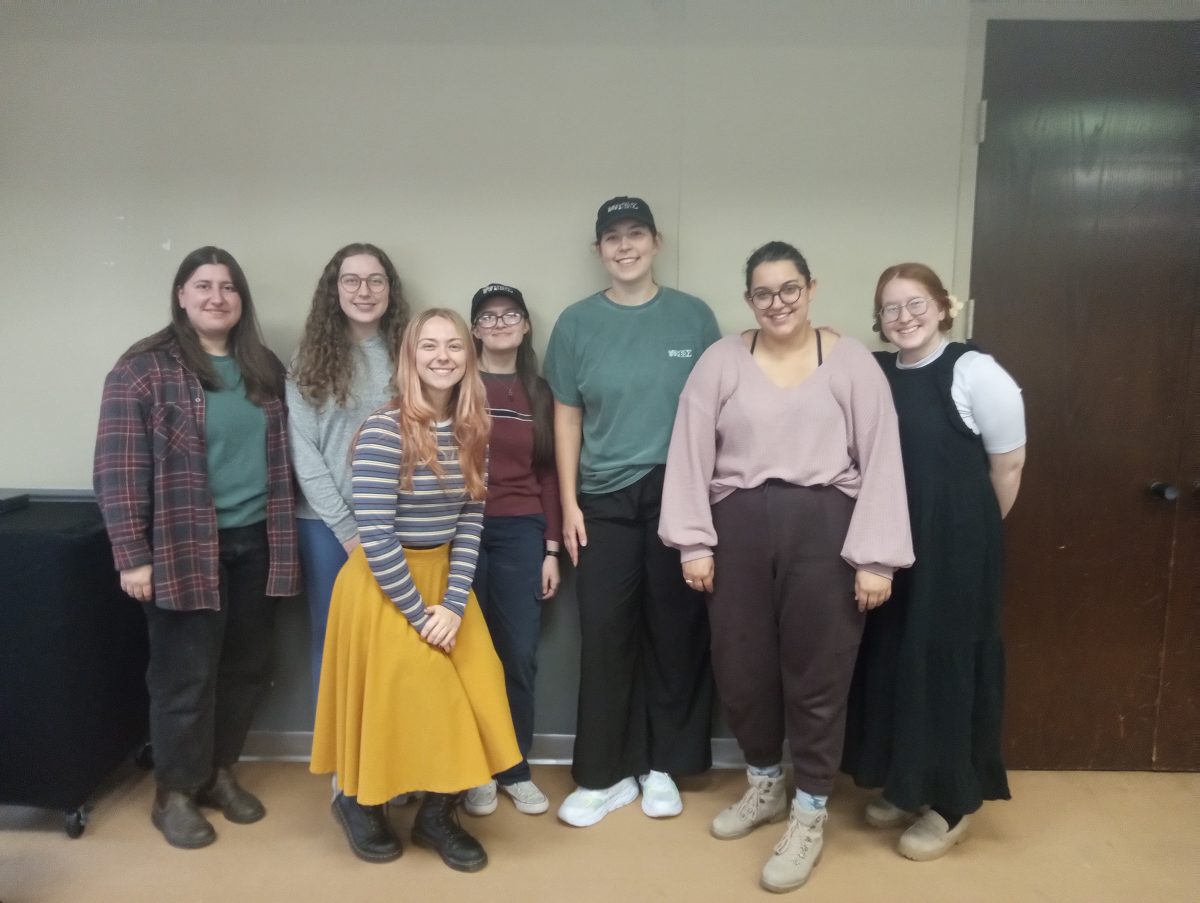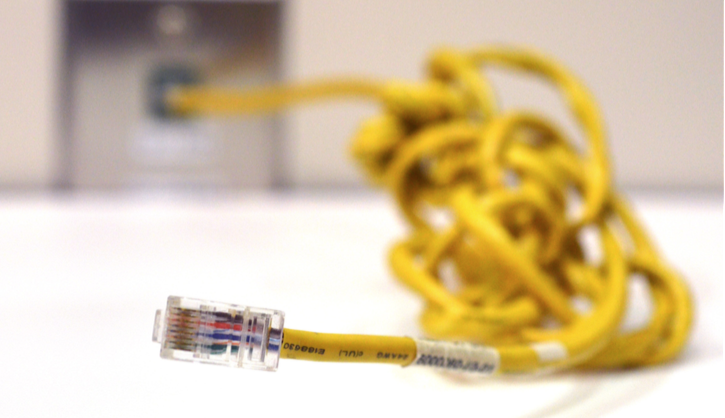
Monday at 6 p.m., professor of anthropology and sociology Marie Danforth and University Libraries hosted a Science Café detailing the mysterious case of Otzi the Iceman.
The event is a part of a four-year initiative by University Libraries based on a grant from the Public Broadcasting System’s NOVA Science series. Since its founding in 2010, the library has hosted more than 30 cafés with about 1,000 community members in attendance. According to the Science Café website, the cafés are events that take place in casual settings such as pubs and coffeehouses, are open to everyone and feature an engaging conversation with a scientist about a particular topic.
Tracey Englert, a university reference librarian for the College of Science and Technology, has led the cafés since their beginning. She said there are a vast amount of topics that can be covered.
“Anything that I want, they supply it for me,” Englert said. “They sent me (Otzi) and sometimes they’ll send me several (series) in a collection.”
This session’s café, titled “Ice Age Murder Mystery,” discussed the scientific case of Otzi the Iceman, a perfectly preserved mummy found in the Otzal Alps of Italy in September 2011.
According to Danforth, Otzi was found to be over 5,300 years old and also had perfectly preserved items such as his coat made of reeds, a knife with a flint blade and the most mysterious item, an axe made of copper with smelting techniques considered to be a thousand years before its time.
Danforth said the axe find is important because it redefined what anthropologists thought to be the beginning of what is called the “Copper Age.” These tools also reaffirmed the theories held about the lifestyles of humans during the Copper Age.
Otzi was no ordinary mummy, for he, unlike the resin-coated mummies of Ancient Egypt, was not preserved due to human efforts, but by the pressure and frozen temperatures of built-up ice.
There are many theories of the cause of Otzi’s death, but a new prevailing theory seems to be a whisper of foul play. Due to the presence of an arrowhead found in his shoulder as well as a cut in his outer garment, many researchers believe that a familiar person killed Otzi while his back was turned.
Danforth said she loves the idea of using an informal situation to introduce science to non-science majors. “I think it’s wonderful because it’s so informal,” she said. “It’s not just the students but also (a variety) of backgrounds. For non-science majors, it’s a way to introduce them to science. It’s all such a part of our lives and (the café) is an easy (entry) into it.”
For more information on Science Cafés, keep up with the University Library events page or follow the Southern Miss Cook Library page on Facebook.

